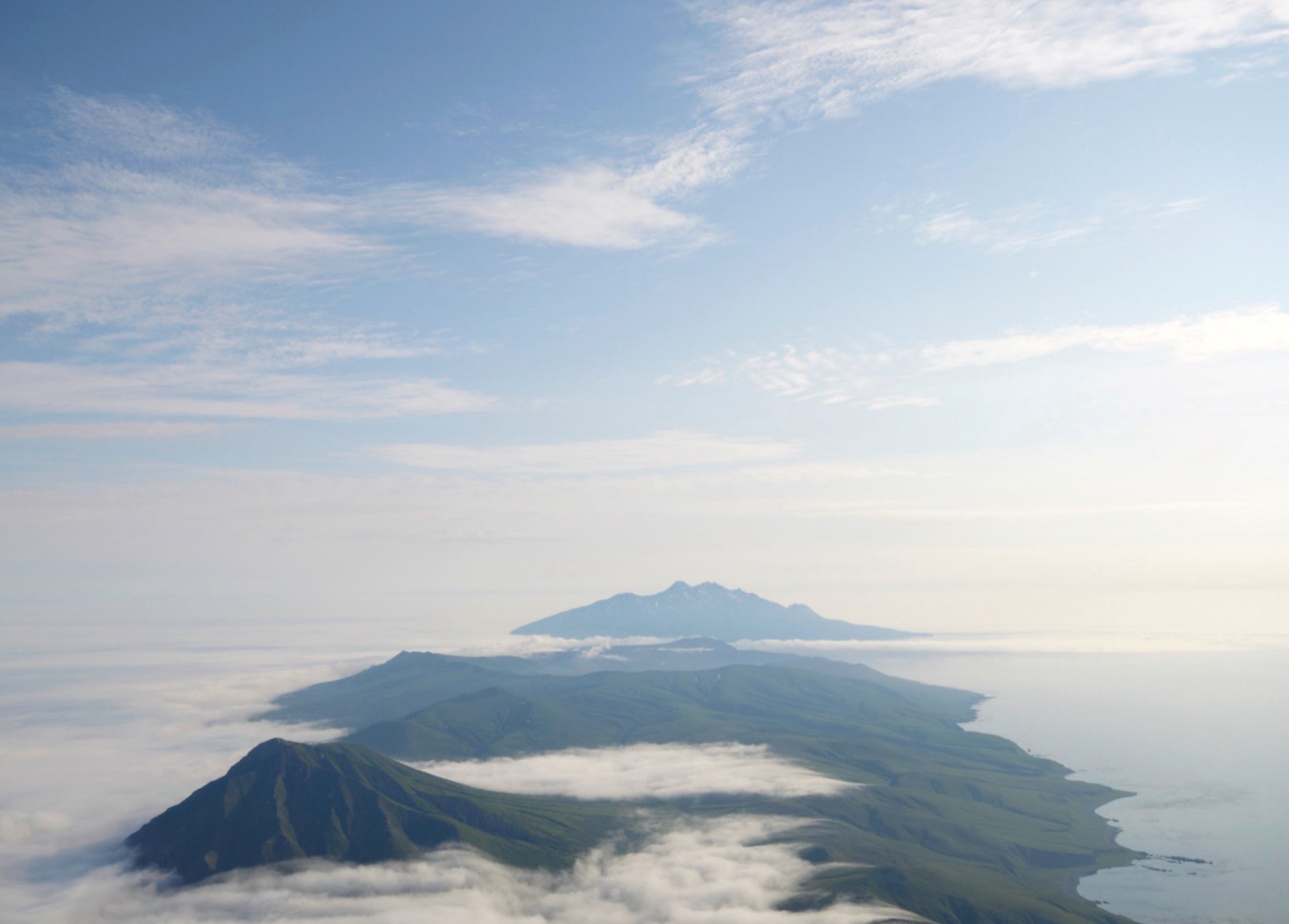Scientists warn of impending volcanic eruption that humanity is not prepared for
Share:
Earth faces a one-in-six chance of experiencing a massive volcanic eruption this century, scientists warn, and 'humanity has no plan to address it.'. Such an event, according to climate professor Dr. Markus Stoffel, could trigger 'climate chaos' similar to the 1815 eruption of Indonesia's Mount Tambora.
![[This coming tectonic event, said climate professor Dr Markus Stoffel, will 'cause climate chaos' reminiscent of the 1815 eruption of Indonesia's Mount Tambora. Above, an astronaut image (above) depicts the 6-kilometer-wide summit 'caldera' of the Mount Tambora volcano]](https://i.dailymail.co.uk/1s/2024/12/24/18/93462809-14224823-image-a-17_1735064352195.jpg)
That eruption released 24 cubic miles of gases, dust, and rock into the atmosphere, causing global temperatures to plummet. Crops failed, famine spread, diseases surged, and tens of thousands of people died. Unlike the 'Year Without a Summer' that followed Tambora's eruption, a 21st-century mega-volcano would add to the disruptions already caused by humanity's reliance on fossil fuels.
![[Above, an illustration of the massive 1815 Mount Tambora volcano eruption]](https://i.dailymail.co.uk/1s/2024/12/24/18/93462005-14224823-image-a-27_1735065928770.jpg)
'The effects could be even worse than in 1815,' geological scientist Dr. Michael Rampino explained. 'The world is more unstable now.'. Ironically, the greenhouse gases released over the past century could make the aftermath of such an eruption even colder.
![[Lava from the December 2023 volcano on Iceland's Reykjanes peninsula fissure (above) could have been aided by melting glaciers - which reduced the weight that kept hot magma trapped inside the Earth. 'We can therefore expect potentially more eruptions,' scientists warned]](https://i.dailymail.co.uk/1s/2024/12/24/19/79119577-14224823-The_lava_flow_from_the_fissure_appears_to_have_slowed_down_but_t-a-28_1735068004292.jpg)
Volcanologist Dr. Thomas Aubry's research suggests that a hotter, more turbulent atmosphere would spread sulfur dioxide gas—and the cooling sulfate aerosols it forms—more quickly, intensifying the cooling effect. This time last year, a volcano on Iceland's Reykjanes peninsula erupted opening a 2.5-mile-long fissure which spewed hundreds of cubic meters of lava every second (above). Earth has a one-in-six chance of an even more massive volcanic eruption this century, scientists warn.
This coming tectonic event, said climate professor Dr Markus Stoffel, will 'cause climate chaos' reminiscent of the 1815 eruption of Indonesia's Mount Tambora. Above, an astronaut image (above) depicts the 6-kilometer-wide summit 'caldera' of the Mount Tambora volcano.






















